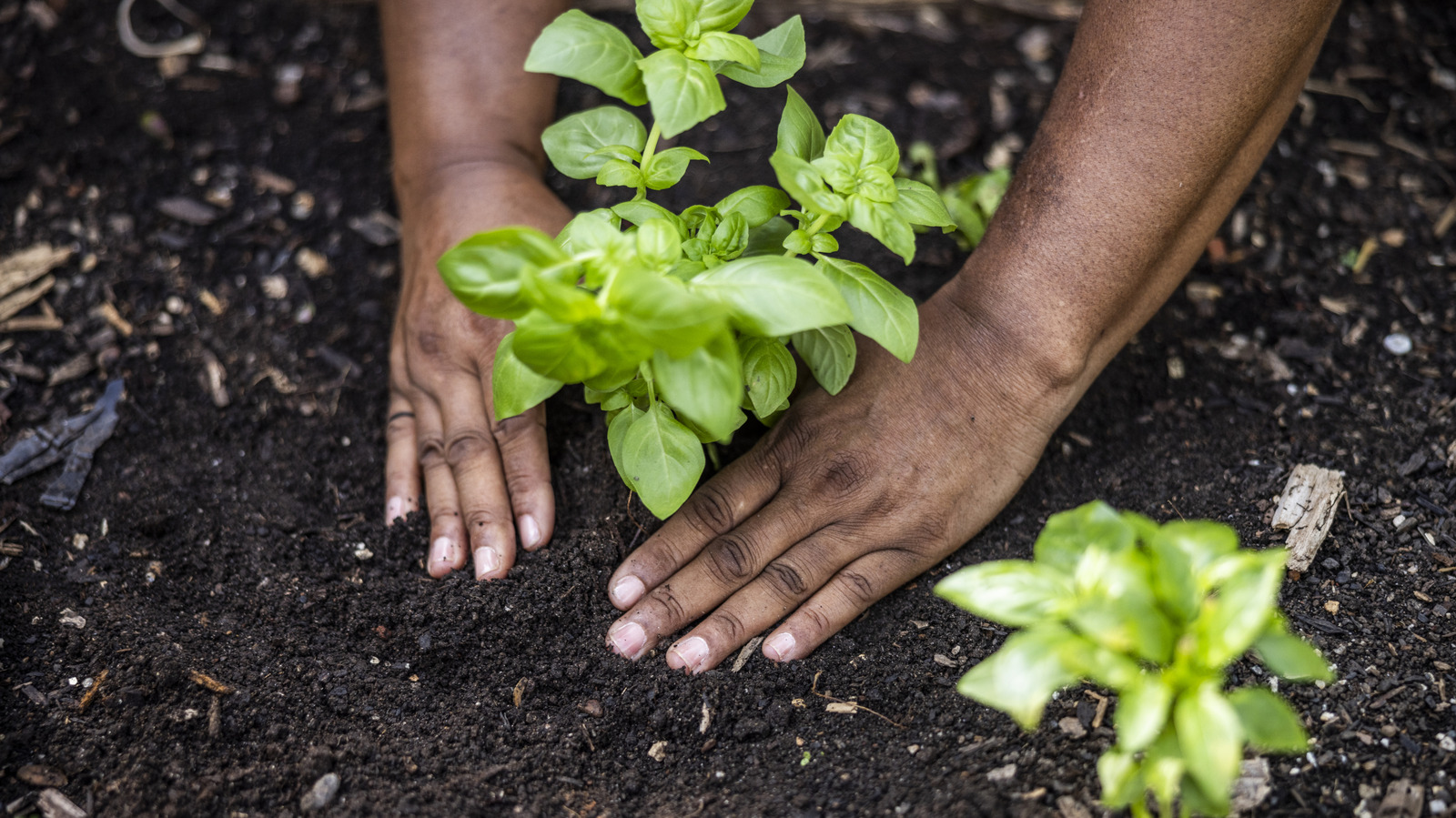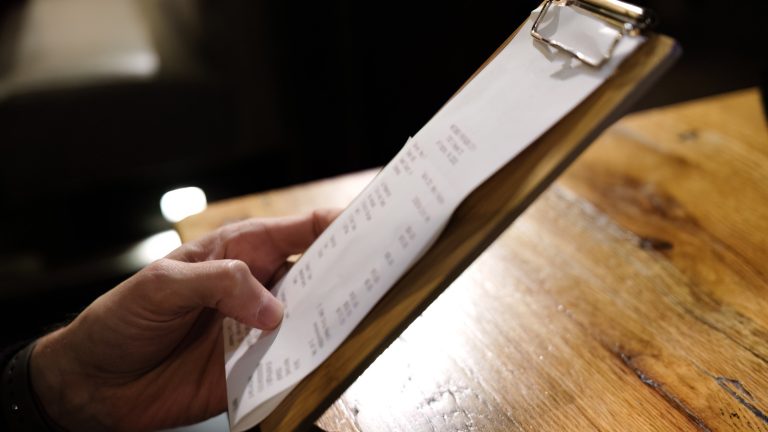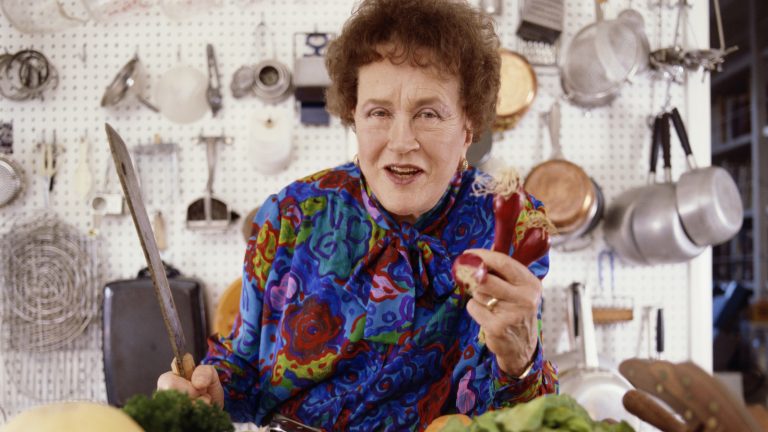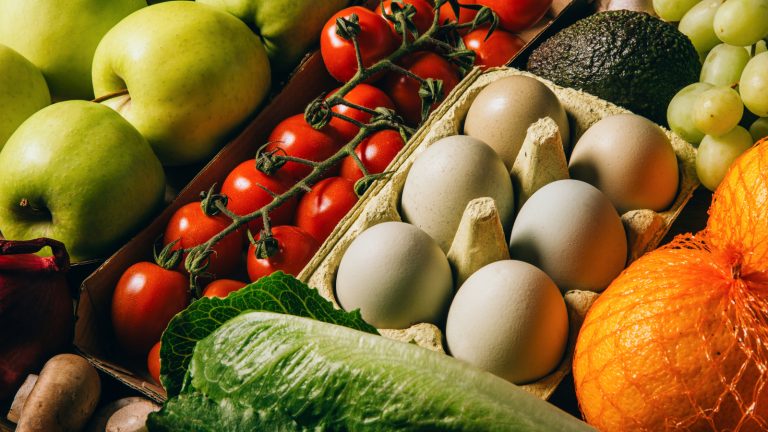Summer is arguably the best time of the year. The beaches open up, lobster rolls are aplenty, and everyone with a green thumb is headed out back to their garden to tend to the trellises of beautiful flowers, plump veggie plants, and thriving backyard ecosystems. Despite the fact that gardening has a relatively low barrier to entry — seeing as it can be scaled to fit almost any space and can even be done indoors — there are some important things for newbies to know before they even pick up a trowel or watering can.
The good news is that I, a home gardener who worked for Cooperative Extension and taught gardening classes, have curated a list of the bare-bones things you need to know before you start your first veggie garden. Almost any novice gardener can benefit from these tips, whether you’re set on growing a simple array of kitchen herbs or want a more expansive selection of nightshades, alliums, and squashes.
Don’t overcommit at first
Gardening can be a great way to get outside, be in touch with nature, and gain experience growing your own food. As fulfilling as it can be, though, it’s very easy to get overwhelmed at first. While it would be nice to have a ton of different herbs, veggies, and fruits at your disposal during the season, it’s best to start small — at least when you’re first starting out. That way, you can get a feel for the work required to take care of your plants and try different growing methods to find one that works best for you and your space.
It’s hard to recommend a specific number of plants to start with, but the general consensus here is the smaller the better. Consider selecting plants that you will be able to use and cook with so you won’t end up with a ton of leftover produce destined for the compost bin. Some of my favorites include basil and tomatoes — and not just for Caprese paninis. Both plans are relatively easy to grow, and they bear produce throughout the season.
Survey your space before you buy your seeds
Gardening isn’t just planting, watering, and weeding; it’s also all about being methodical and drafting a plan for how you want your garden to look and what you want to grow. One great thing about gardening is that anyone can do it — even if you don’t have a yard. You just have to consider what types of plants are best suited for the space that you do have.
If you’re working with a small, 10-by-10 raised bed, for example, you’re probably not going to want to grow watermelons — which need to be planted between 3 and 5 feet apart. Not only do you have to consider the horizontal area that you’re working with, but also the depth of the soil that you have. For example, shallow raised beds and containers generally aren’t conducive to growing taproots — like carrots and turnips — because the roots grow downwards rather than outwards. Some plants, like tomatoes, are vining, meaning that you’ll need to get infrastructure like cages to help them grow. So, before you take a trip to your local home and garden store, be sure to take measurements and consider the space you’re working with.
If you’re limited on space, try container gardening
You can still take up gardening even without access to a plot of land, thanks to container gardening. This growing method is most conducive to annual plants that don’t need a ton of horizontal space (sorry, no watermelons here) and can be done, as the name suggests, in a container — whether that’s a recycled terra cotta pot or a plastic container from Home Depot. Just make sure to drill drainage holes in the bottom of your pot to prevent your plants from getting waterlogged.
There are numerous benefits to container gardening. For one, you can easily pick up your plants and move them based on their light needs and supplement the soil as needed. This can allow you to grow a greater diversity of plants within a contained space. It’s a great, low buy-in way to start gardening. Try growing your favorite herbs, like basil, chives, oregano, and parsley, in small containers; you can even keep them in a sunny spot in your kitchen so that they are easy to grab when you want to cook with them. Some people even grow dwarf fruit trees in containers!
Know that not all veggies are easy to grow
Starting with a small number of plants is the first step to honing your green thumb, but it’s just as important to be methodical about which species you choose to cultivate. Some veggies are more particular than others, in terms of light, soil, or watering requirements, which can make them high maintenance additions to your garden.
The most finicky of plants to grow include some brassicas, like cauliflower, and root vegetables like potatoes and carrots. Cauliflower is a sensitive plant that doesn’t appreciate rapid temperature changes — and you may be picking off more cabbage worms than you anticipated. Potatoes, as well as some types of squash, are also susceptible to disease and have variable yields from year to year. Another plant worth leaving off your list is corn. It’s a magnet for pests, and it never quite yields enough corn for clam bakes or corn on the cob. Stick to herbs, peppers, peas, tomatoes, and other, simpler crops before you dive headfirst into more challenging cultivars.
Don’t skimp on good soil
Soil and dirt are not synonyms. Soil is almost like its own biome — filled with organic matter, particulates, minerals, and more. Since it is the anchor that holds your plants’ roots in the soil, it’s important to be selective about the type you use. In other words, you can’t dig up dirt from your backyard, shove it into a pot, and hope for the best. Before you start gardening, you’ll want to do a robust assessment of your soil’s health. This can be done through your local Extension office, often at very little cost to you.
There are several important things that a soil test will tell you. The first is pH. This quantification of soil acidity impacts how much nutrients plants can take up, and in some cases, it can dictate what kinds of plants will grow well in it. Soil tests can also tell you the nutrient content of the soil, which can indicate if you will need to add nitrogen, potassium, or phosphorus-based fertilizers in the future. I would recommend running a soil test at the start of the growing season — or at least when you’re first starting your garden, so you can get an idea of what inputs will be required.
Consider starting seedlings indoors
You know it’s almost gardening season when stores are stocked to the brim with starter trays. Some plants need to be started indoors — particularly long-season veggies like tomatoes and peppers. Others, like cucumbers, can be sown directly into the ground, so you’ll want to refer to your seed packet for instructions on whether to start them inside or not. The benefits of starting seeds inside are numerous and include better protection from herbivores, control over temperature, light, and water, and the ability to stagger plantings throughout the season.
It’s also important to harden out your seedlings before you plop them in the ground and let them fend for themselves. This process involves gradually exposing the plants to the outdoors and taking them in at night so they don’t get shocked by the temperature change. This process can reduce the chance of the plants wilting — or outright dying — when they’re planted in the soil full-time.
Keep your eye on the weather and water
One of the most important things that you can do to ensure the health and vitality of your vegetable garden is to keep an eye on the weather. The weather can vary from week to week (and if you live in New England like I do, hour-to-hour), so you’ll want to know if your area is going through a dry spell or is going to be getting more water than usual. That way, you can water accordingly.
The general consensus when it comes to watering most plants is that it’s better to water them deeply less often than to give them a light drizzle every single day. The water needs to soak down into the roots, as this is the part of the plant that takes in that water. If you just wet the leaves, it’s not doing much for the plant. That being said, the type of plant that you’re growing, as well as the type of soil you have, will dictate how often and how much you need to water it. Defer to your seed packet to see what each plant’s requirements are.
Read the planting instructions on your seed packets before you start
Growing up, my mom kept all of the seed packets from the veggies we grew in our backyard garden. And it wasn’t until I got older that I realized it was because the seed packet holds a wealth of information — should you choose to read it.
The back of your seed packet, or if you buy a sprout (like a tomato or pepper plant), the tag, will tell you all about the plant’s ideal growing conditions. This includes how deeply you need to sow it in the soil, how often to water it, and how much sunlight it prefers. If you forget to do your research ahead of time, you can always peruse the seed packets at your local garden store before buying so you can get a better idea of what can and can’t grow in your garden.
That being said, seed packets won’t tell you everything. For example, it won’t include any information about companion planting — the process of growing several different crops together to increase yield, repel insects, and more. There are also some plants that you shouldn’t grow next to one another, like beans next to garlic, which isn’t disclosed on the packet, so you may want to do some preliminary research beforehand rather than solely relying on them.
Know your hardiness zone
It probably shouldn’t be a surprise that what grows well in Florida probably doesn’t grow well in North Dakota — at least not at the same time of year. Climate and temperature play a big role in plant viability, so you’ll want to know what hardiness zone you’re in and what plants grow best there. You can access an interactive map on the USDA’s website to find what zone you’re in. This tool shows you the average minimum temperature for a region — which is what temperature a plant would have to theoretically be able to withstand to be able to be grown in that region. The map is split into 13 zones (and even more subzones), zone 1 being the coldest and zone 13 being the warmest.
Once you know your hardiness zone, you can check seed packs and plant labels to see which perennials and shrubs are most conducive to growing in your area. For example, beefsteak tomatoes can be grown in zones 2 through 11 (they’re a relatively tolerant plant), whereas lemons thrive in zones 9 through 11. Hardiness will also impact when you can plant something outside, so be sure to consult your seed pack to determine when it is safe to sow your seeds or transplant seedlings.
It’s important to note that there are some limitations to this map. For one, it only measures minimum average temperature, which is not the only factor that you need to consider when deciding what to plant. It should be used in tandem with other metrics like light, pH, and soil quality, to determine plant viability in a particular region.
Look for pests early on
When it comes to pest management, it’s always better to be proactive rather than reactive. In other words, it’s easier to prevent a pest infestation from happening (or at least attack it at early stages) than it is to remediate it once it has nearly decimated your garden.
Pests and plant disease are really dependent on the crop that you’re planting, so it’s hard to say which ones that you should keep your eye out for across the board. Aphids and powdery mildew, for example, are common in tomatoes, while cucumber beetles and cutworms can make quick work of zucchini plants. As a gardener, be sure to constantly inspect your plants, looking at the underside of leaves, stems, and more for any early signs of pests. You don’t have to have a degree in pest management to do this either; you can consult with your local Master Gardener to identify, control, and ward off future pests from your garden.
There are some easy ways that you can prevent disease and pests from taking root (pun intended) in your garden. Cultivating healthy soils, planting a diverse array of crops, and selecting disease-resistant varieties can give you a leg up on this gardening woe.
Rotate your crops at the end of the growing season
It can be very easy to grow the same crops year after year — especially if you like making zucchini bread or homemade tomato sauce — but this might not be a very smart strategy in terms of long-term soil and plant health. Different crops absorb different nutrients and minerals from the soil, so if you plant the same five species year after year, your soil will quickly become depleted of nutrients. Poor soil health can lower disease resistance and lead to poor yields. Plus, pathogens can build up in the soil itself, in turn putting your crops at even greater risk.
One solution to reduce soil exhaustion is to rotate the crops you plant each year. A common rotation is fruit (like tomatoes, cucumbers, and eggplant), root (onions, carrots, and radishes), leaf (lettuce and spinach), and legume (beans and peas) over a four-year period. You may also want to utilize the winter season to plant cover crops and help replenish the lost nutrients in the soil.
Mulch can solve a lot of your gardening problems
Mulch might be something that you associate with landscaping, but it turns out that the word actually encompasses an array of methods and materials that can also be used for gardens — including plastic covers, peat, newspaper, straw, woodchips, and pea gravel. Although each has its own benefits and drawbacks, the general consensus is that adding mulch to your garden can be beneficial — at least for some types of plants. It will cover the top of the soil, thus reducing wind erosion and water depletion (meaning you have to water it less frequently), insulating the plants and preventing exposure to rapid temperature changes, and curbing weed germination. So while it might take a little more work at the beginning of the season to mulch your garden, you may end up having to do less work over the course of the growing season.
You’ll want to do your research ahead of time as to the best type of mulch to use, and also consider how much you’re willing to spend on it before you unload the back of the car and pay your local garden store a visit. Your local Master Gardener can also be a great resource for your mulch-related queries.
Utilize your local Master Gardener and Extension office
There is a fabulous resource in your community for all things agriculture that you may not have known about until now: state university Extension offices. These county-based offices are located across the country and are housed with knowledgeable staff ready to answer all of your gardening, livestock, and landscaping questions.
For one, you have your Master Gardeners. They are passionate gardeners who complete training with Extension to help serve their communities via outreach. Certified Master Gardeners can help home gardeners identify plants and pests, help run diagnostics, and provide recommendations for home gardeners — often at little or no cost to the community. Master Gardeners, or Extension offices, also often offer soil testing.
You can find your local Extension office by contacting your respective land-grant university’s Cooperative Extension program. Each state has a land grant university (like Cornell, Texas A&M, and Penn State), though the size of your county and staffing may dictate what programs are available. In short, it’s a wonderful resource and staffed by wonderful people — though I may be biased, seeing that I both worked for Extension and have used my Master Gardener for help on several occasions.
Stagger your plantings to ensure you have a vibrant garden all season long
You can only stir-fry so many veggies and level up so many salads with your garden bounty. It may seem like you’re getting no vegetables one week, and before you know it, every surface in your kitchen is covered with zucchini, tomatoes, cucumbers, and more. While you can try your hand at pickling some of them, the better solution is to stagger your growing season to ensure that you are getting a bounty of food throughout the growing season.
Depending on what you’re growing, planting can start as early as the fall. For one, you can plant garlic a few weeks before the first frost, and wait until late summer to sow your fall crop of squash, pumpkins, carrots, and broccoli. Timing when you plant your crops will allow you to make the most of the growing season and ensure that you have a steady supply of fresh produce for all of your cooking needs. And if you do end up with a bumper crop, you can always share it with your neighbors.





